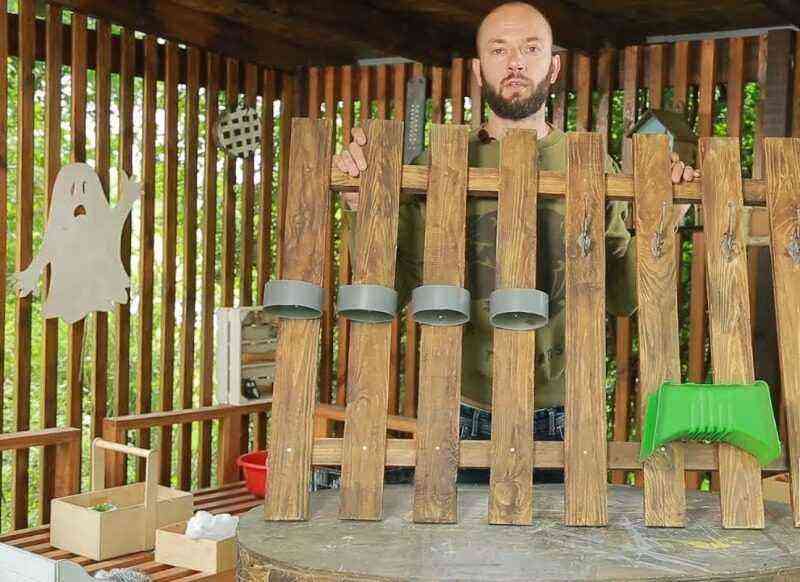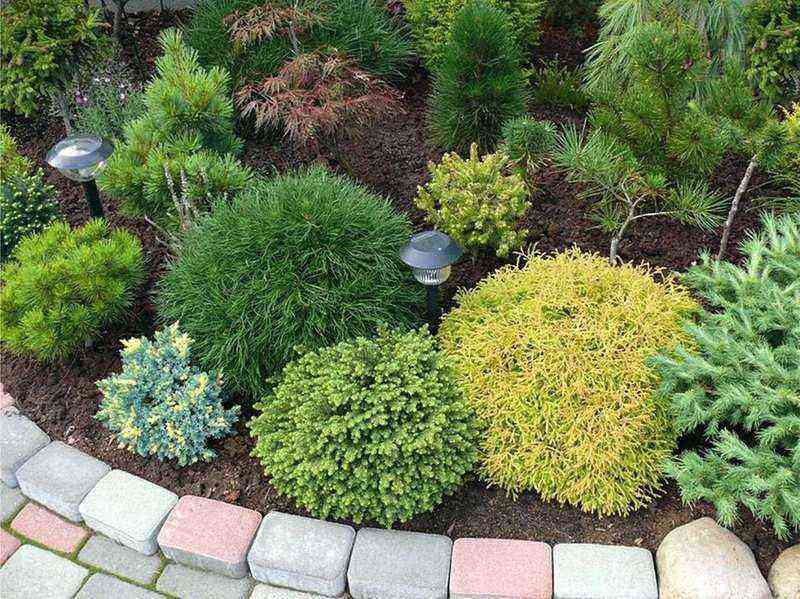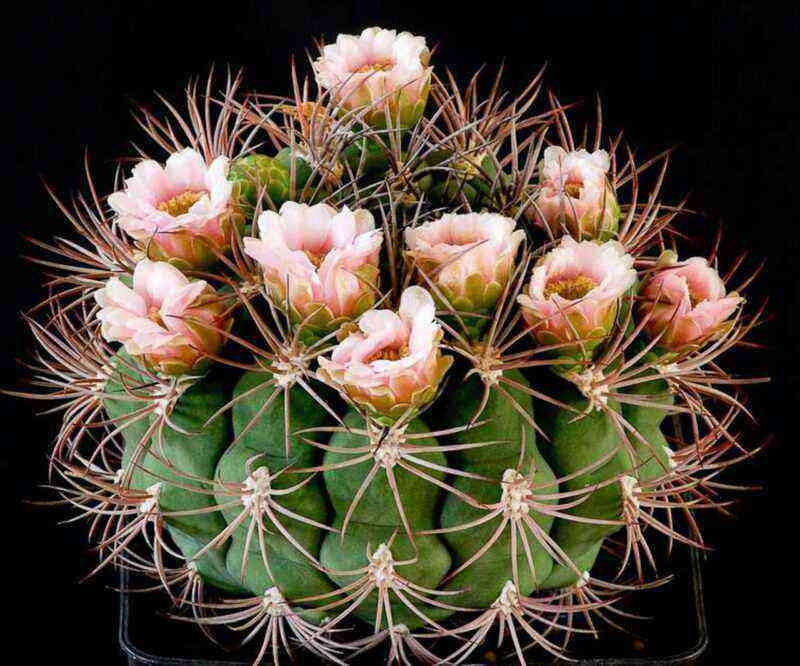Before the onset of the cold season, you need to take care of indoor decorative flowers. Activities in September will help plants adapt to low temperatures and make it easier to care for them in winter.
Move to home
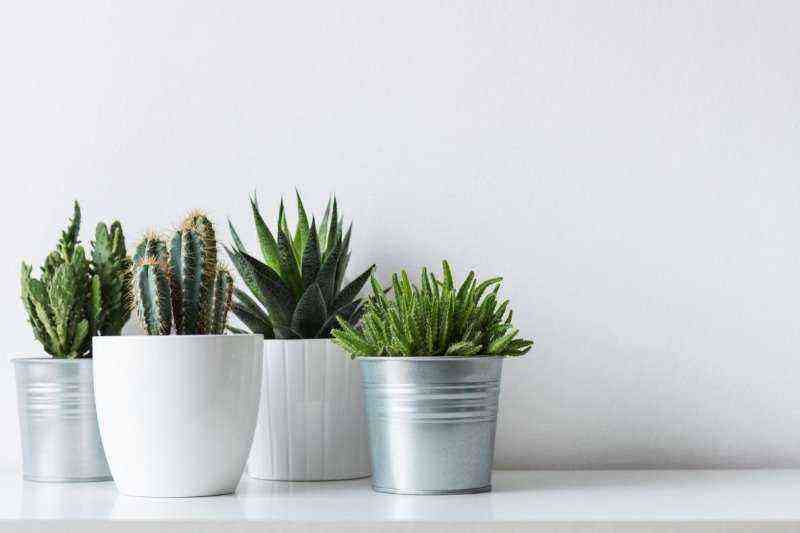
It is known that all plants have their own characteristics, and therefore their cold tolerance is different. Therefore, you should not immediately hide all the plants from the balcony into the house.
Start with more delicate indoor flowers: violets, geraniums. Then you can tackle more resistant ones: cacti, ficus.
Protect from pests

Before you move the plants from the street to home comfort, you must definitely treat them with an insecticide (special chemicals that can get rid of pests).
This procedure should be done 5-7 days before the plants return home, since insecticides are quite dangerous for humans, and you need to work with them extremely carefully.
Carry out an autumn transplant and cuttings
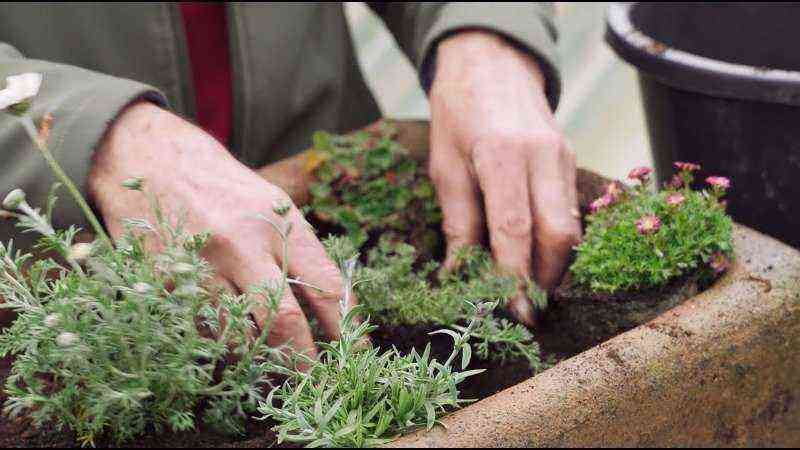
The next step will be a transplant. Indeed, over the summer period, the plants could grow significantly. Therefore, choose a larger pot for your indoor flowers.
At the time of transplanting, pay attention to the roots of the plant. If you notice rotten roots or, conversely, dried out – trim and treat them with activated charcoal. It should be remembered that you cannot transplant plants at the time of flowering!
After transplanting indoor flowers, you can start grafting. After all, it is autumn that is the most favorable period for this type of plant reproduction.
For cuttings, a one-year-old shoot is chosen that is healthy and free of signs of stress and damage by insects. The stalk itself should be from 5 to 13 mm. You need to cut it under the kidney at an angle of 45 °.
The easiest way is to put the cutting in water and wait for the root to appear. Use a plastic or glass beaker. To prevent putrefactive processes, place activated carbon in a glass of water. It is important to remember that changing the water with this method is not worth it, otherwise the plant may die. However, water should be topped up if necessary.
Some cuttings need to be planted immediately in the ground. This applies to plant species from dry areas. Use loose soil that can retain moisture. The land must be healthy and free of pests. Pay attention to the acidity of the soil, which should be neutral. Most often, peat with impurities of coarse sand is used.
During the adaptation period of young plants, monitor the temperature and lighting.
It is necessary to replant shoots only after they are well rooted.
Change watering schedule

After the plants return to the house, they need to be watered less often and little by little, since vegetative dormancy sets in, when the plant replenishes its supply of nutrients and prepares for flowering.
During this period, the shoot does not grow as fast as in the summer, and accordingly, it needs much less moisture. Better to water the flowers in the morning.
Feed the flowers
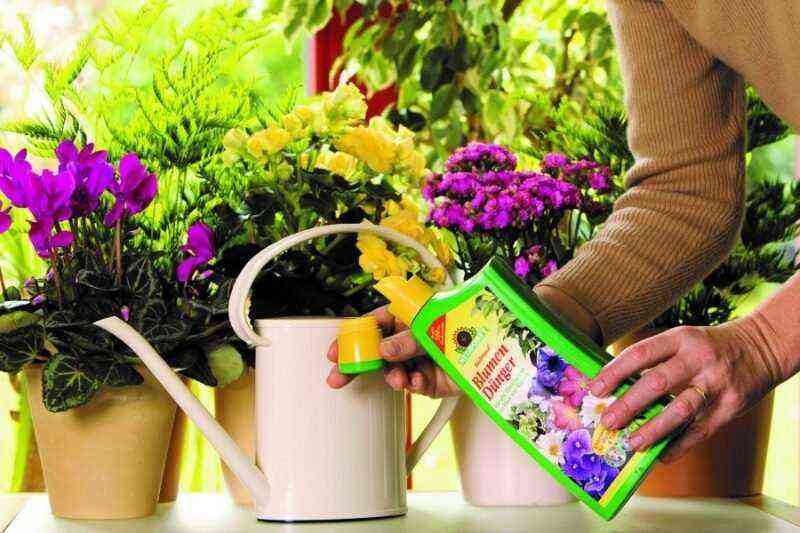
Top dressing is very important for indoor flowers. And it is required much more often than it seems. Especially during the cold season, when plants are deficient in nutrients. Fertilizers made from natural products are quite popular. For example, sweet feeding is an essential option, because every living organism needs glucose, flowers are no exception. Flowering plants are especially fond of glucose. Sprinkle half a teaspoon under the roots and pour water.
Among natural fertilizers, banana peel is highly popular, which saturates the earth with potassium. It’s simple: dry the banana peel for a week, chop and mix with the soil.
Ash from firewood is very useful. She will saturate the earth with nitrogen, which is necessary during the flowering period.
Carry out cuttings
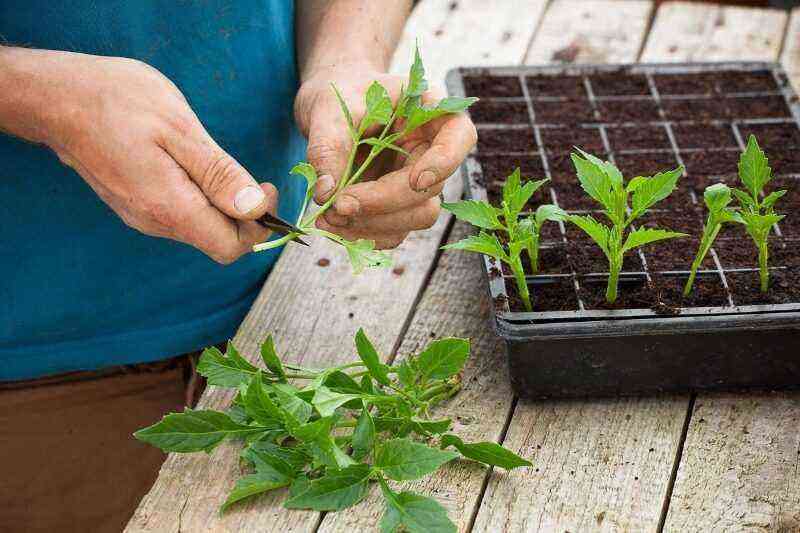
For grafting Saintpaulia, choose a leaf that is closer to the ground. The cut of the cutting should be 2-4 cm. It is better to prepare a few leaves in case some sprout does not take root. Use plastic cups as a container for growing a new plant. You can root saintpaulias both in water and immediately in the ground.
If you decide to root in water, add activated charcoal, watch the stem so that it does not rot. You cannot change the water, just add it if necessary. Roots appear in 1-2 weeks. Then the cutting can be planted in the soil.
Saintpaulia leaves can be planted directly into the ground. Make sure the soil is loose enough. Add sphagnum moss this way. It is in the forest, or you can buy it at any flower shop. Fresh moss is best kept in the oven and dried on foil.
Water the substrate with plenty of warm water. Keep the sprout in a warm place, but not in the sun. The rooting process in the ground is longer. After 1-2 months, you can transplant the plant into a permanent pot. Before transplanting, be sure to treat Saintpaulia and the soil with pest and virus products.







